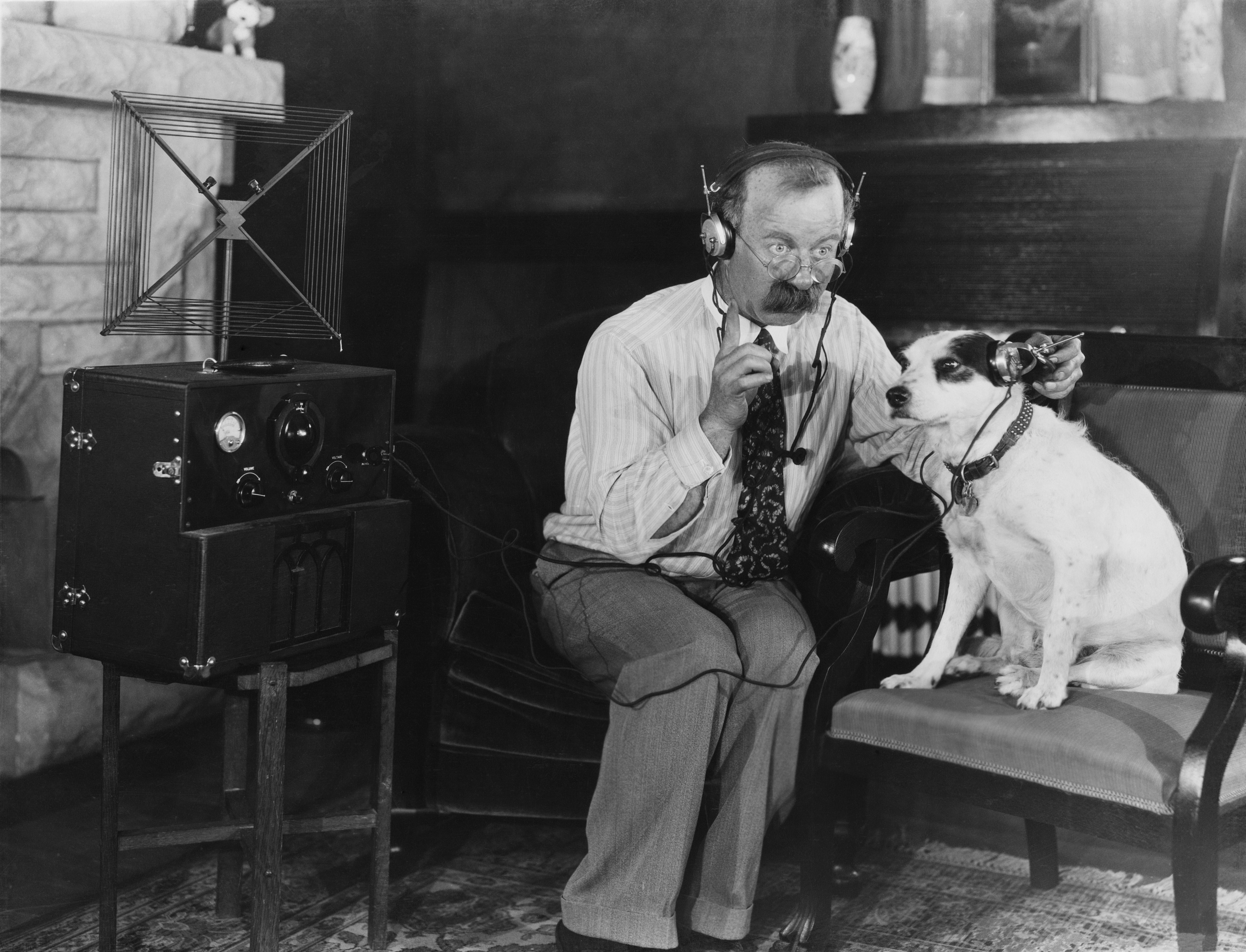CRAZYWORKS
Crazy Might Work | Issue #6 | October 2022
“Psychological safety is “a shared belief held by members of a team that the team is safe for interpersonal risk taking”.
– Amy Edminson, Author of ‘Teaming’
How NASA Creates Psychological Safety
Google’s Aristotle Project cited psychological safety as the most important prerequisite for high-performing teams but, prior to that, NASA had already taken steps to install it, by introducing Charlie Pellerin’s 4-Dimensional system which balanced four elements:
Nurturing Including Directing Visioning
Underperforming teams tended to show deficits in the ‘Nurturing’ and ‘Including’ behaviours, as opposed to the ‘Directing’ and ‘Visioning’ dimensions (with which technical teams felt much more comfortable).
“Nurturing” reinforces team values, empathy and concern for others, building confidence and individual capability through behaviours like ‘establishing of shared interests’ or ‘expressing authentic appreciation’.
“Including” refers to behaviours that foster inclusion, building trust and harmony within a team. An example is practicing appropriate inclusion rather than over-inclusion on e-mails and meetings. Another habit is keeping agreements, for example by setting appropriate personal boundaries and team standards and managing expectations if agreements need to be renegotiated.
“Directing” behaviours help to organise the team and give clarity and certainty – in particular, relative to role clarity, accountability and authority. Effective direction also addresses the red ‘storylines’ (stories we tell ourselves about the motivations and behaviours of others) that are preventing optimal team performance. These need to be addressed as directly as any other observable behaviour.
“Visioning” speaks to ambitious commitment to audacious goals, epitomised by John F. Kennedy’s ‘moon-shot’ speech which ignited the Apollo program. Behavioural elements of this include acknowledgement of unpleasant realities, reality-based optimism and showing 100% commitment. When combined with the earlier dimensions, they deliver the ability to craft and deliver a truly compelling vision.
Does your team environment cater to all these human needs? If not, the team are probably not performing at their full potential, possibly due to deficits in psychological safety. I would love to hear how you create psychological safety in your own team and whether the four NASA dimensions resonate with you.
If you are interested in learning more about the NASA 4-D program, please consider joining the next one, starting online on 13 October 2022 (See link below).

Our full CRAZYPodcast series ‘How NASA Builds Teams’, with Dr. Charlie Pellerin, is live on major podcast sites and our YouTube Channel!
Dr. Charlie Pellerin is the former Director of Astrophysics at NASA, architect of the 4-D program for high-performing teams, author of How NASA Builds Teams and leader of the NASA Hubble mission.
You can listen or watch the episodes here:



